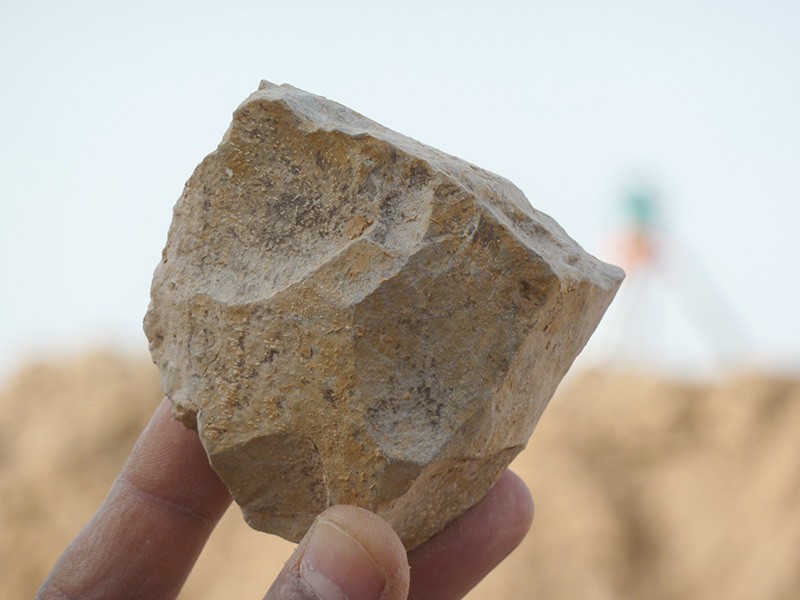
Received: OctoAccepted: JPublished: August 4, 2021Ĭopyright: © 2021 Nash et al. PLoS ONE 16(8):Įditor: Yaron Katzir, Ben-Gurion University of the Negev, ISRAEL (2021) Petrological and geochemical characterisation of the sarsen stones at Stonehenge. These results are therefore representative of the main stone type used to build what is arguably the most important Late Neolithic monument in Europe.Ĭitation: Nash DJ, Ciborowski TJR, Darvill T, Parker Pearson M, Ullyott JS, Damaschke M, et al. The chemistry of Stone 58 has been identified recently as representative of 50 of the 52 remaining sarsens at Stonehenge. 143Nd/ 144Nd isotope analyses suggest that these host sediments were likely derived from eroded Mesozoic rocks, and that these Mesozoic rocks incorporated much older Mesoproterozoic material. Non-quartz accessory minerals within the silcrete host sediments impart a trace element signature distinct from standard sedimentary and other crustal materials. The major and trace element chemistry is highly consistent within the stone, with the only magnitude variations being observed in Fe content. Geochemical data show that the sarsen is chemically pure, comprising 99.7 wt. Automated mineralogical analyses indicate that the sarsen preserves 7.2 to 9.2 area % porosity as a moderately-connected intergranular network. Late-stage Fe-oxides/hydroxides and Ti-oxides line and/or infill some pores. Cathodoluminescence analyses show that the quartz cement developed as an initial <10 μm thick zone of non-luminescing quartz followed by ~16 separate quartz cement growth zones. In addition to detrital quartz, trace quantities of silica-rich rock fragments, Fe-oxides/hydroxides and other minerals are present. Petrographic analyses demonstrate that Stone 58 is a highly indurated, grain-supported, structureless and texturally mature groundwater silcrete, comprising fine-to-medium grained quartz sand cemented by optically-continuous syntaxial quartz overgrowths. We apply state-of-the-art petrographic, mineralogical and geochemical techniques to two cores drilled from the stone during conservation work in 1958.

Here, we present the first comprehensive analysis of sarsen samples taken directly from a Stonehenge megalith (Stone 58, in the centrally placed trilithon horseshoe). The only studies of rock struck from the monument date from the 19 th century, while 20 th century investigations have focussed on excavated debris without demonstrating a link to specific megaliths. Little is known of the properties of the sarsen stones (or silcretes) that comprise the main architecture of Stonehenge.


 0 kommentar(er)
0 kommentar(er)
